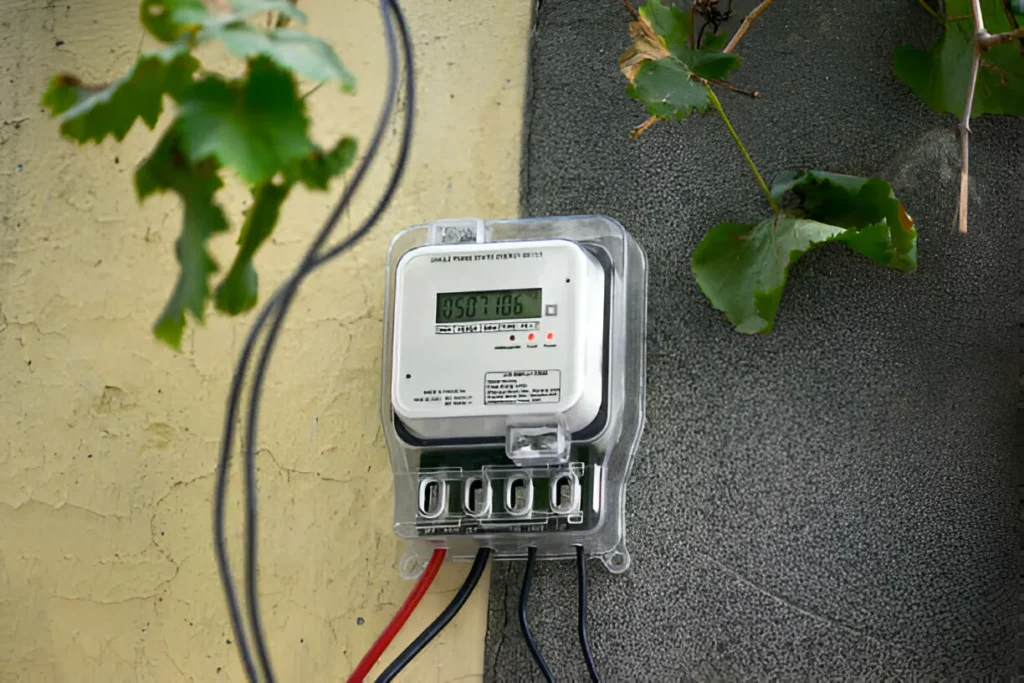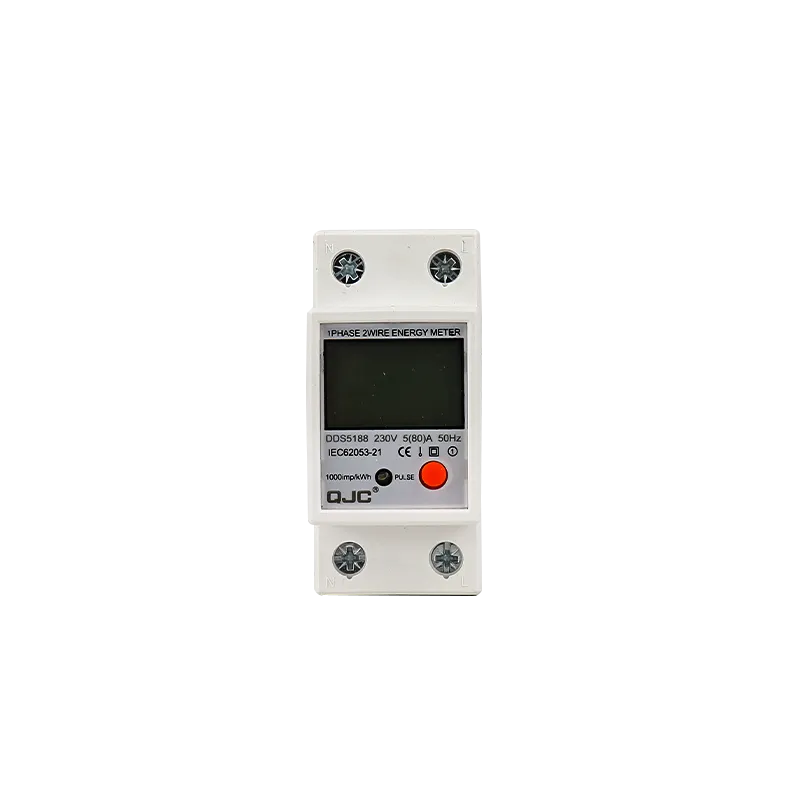The single-phase induction energy meter is one of the most widely used instruments in the field of power measurement. It plays an important role in our daily life and industrial production, accurately recording electricity consumption and providing a basis for electricity bill calculation.
This article will introduce the functions, working principles, shortcomings and rated parameters of the single-phase induction energy meter in detail to help readers fully understand this important metering equipment.
Function of single-phase induction energy meter
A single-phase induction energy meter is a meter used to measure the active energy consumed in a single-phase AC circuit. It is widely used in residential, commercial, and industrial locations to measure and record electricity consumption so that power companies can charge users based on actual electricity consumption.
Single-phase induction energy meters measure current and voltage through the principle of induction and calculate their product to obtain the active power consumed. Over time, these power values are integrated to obtain the total energy consumption, usually in kilowatt-hours (kWh). A counter or digital display on the energy meter records the accumulated energy usage.
In addition to metering functions, some modern single-phase induction energy meters have other functions such as demand measurement, multi-rate billing, remote meter reading, and load management. These additional functions can help power companies better manage the power grid and improve operational efficiency.

Working principle of single-phase induction energy meter
The working principle of the single-phase induction energy meter is based on the law of electromagnetic induction. There are two coils inside the energy meter: the voltage coil and the current coil. The voltage coil is connected in parallel to the measured circuit to generate a magnetic flux proportional to the voltage. The current coil is connected in series to the measured circuit to generate a magnetic flux proportional to the current.
Under alternating current, the magnetic flux generated by the two coils interact with each other to generate induced electromotive force and eddy current on the aluminum turntable of the energy meter. The eddy current generates an electromagnetic torque on the turntable, driving the turntable to rotate. The speed of the turntable is proportional to the active power, and the number of turns it has made is the amount of electric energy consumed.
The turntable drives the character wheel through the gear transmission system, and the scale or numbers on the character wheel directly display the accumulated power consumption. In order to overcome the mechanical friction between the turntable and the transmission system, a permanent magnet is also provided in the energy meter to generate additional torque to compensate for friction loss.
What are the disadvantages of single-phase induction energy meter?
Although single-phase induction energy meters have been used for many years, they also have some disadvantages and limitations:
- Easy to wear out mechanical structure: Traditional induction energy meters rely on mechanical structures such as turntables and gear transmissions, which are prone to wear after long-term use, affecting the measurement accuracy.
- Susceptible to interference from external factors: Induction energy meters are easily affected by external magnetic fields, vibrations, temperature and other factors, resulting in increased measurement errors.
- Single function: Traditional induction energy meters have relatively single functions and cannot achieve advanced functions such as demand measurement and multi-rate billing.
- Difficult to achieve automatic meter reading: Induction energy meters usually require manual meter reading, which is inefficient and difficult to achieve real-time monitoring and remote meter reading.
- Low accuracy level: The accuracy level of induction energy meters is generally level 1 or 2, which is difficult to meet the needs of high-precision measurement.
Rating of single-phase induction energy meter
The rated parameters of a single-phase induction energy meter reflect the applicable voltage, current, frequency and other conditions, as well as the measurement accuracy level. Common rated parameters include:
- Rated voltage: The standard rated voltage of a single-phase energy meter is usually 120V, 220V, 230V or 240V.
- Rated current: The rated current of the energy meter is divided into the basic current Ib and the maximum current Imax. Common basic currents are 5A, 10A, 15A, etc., and the maximum current is generally 2 or 4 times the basic current.
- Rated frequency: The rated frequency of the energy meter is 50Hz or 60Hz, which needs to match the frequency of the power grid.
- Accuracy level: The accuracy level of the induction energy meter is usually level 1 or level 2, corresponding to the allowable error of ±1% and ±2% respectively.
- Power consumption of the voltage circuit and current circuit: The voltage circuit and current circuit of the energy meter itself will consume a certain amount of power, and the rated value is generally clearly specified in the specification.
- Operating Temperature Range: The operating ambient temperature range of the energy meter is typically -20°C to +50°C, some models may vary.

